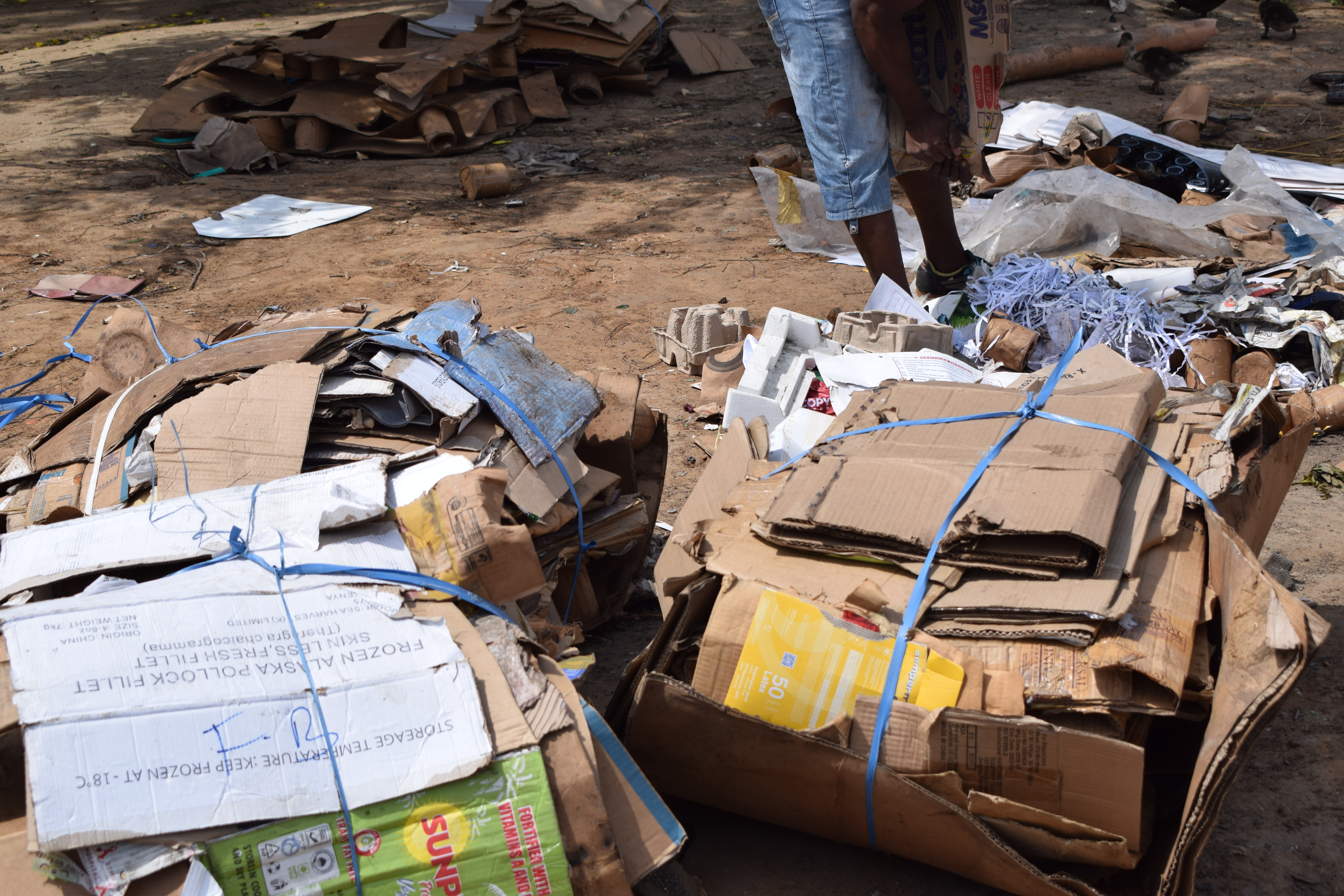In addition to fighting fires, the brigades have the task of reducing agricultural burns. They achieve this by visiting neighbouring communities and giving talks to raise awareness among the inhabitants and training them on NOM 015, the Mexican standard that regulates the use of controlled agricultural fires.
This exercise has resulted in agreements not to burn at sites near and within the reserve and the scheduling of burns at sites that are allowed under certain circumstances.
Communication skills training for brigade members.
Additional materials to be provided during discussions with farmers.
The brigade members are people from the same Volcano communities, so their message is well received by the people.
The activities should be carefully scheduled, so that talks about the burns take place before the start of the planting season and the occurrence of any fires.
The message should be consistent and should be communicated in various ways, including talks, brochures, teaching materials, posters, radio broadcasts, etc.
